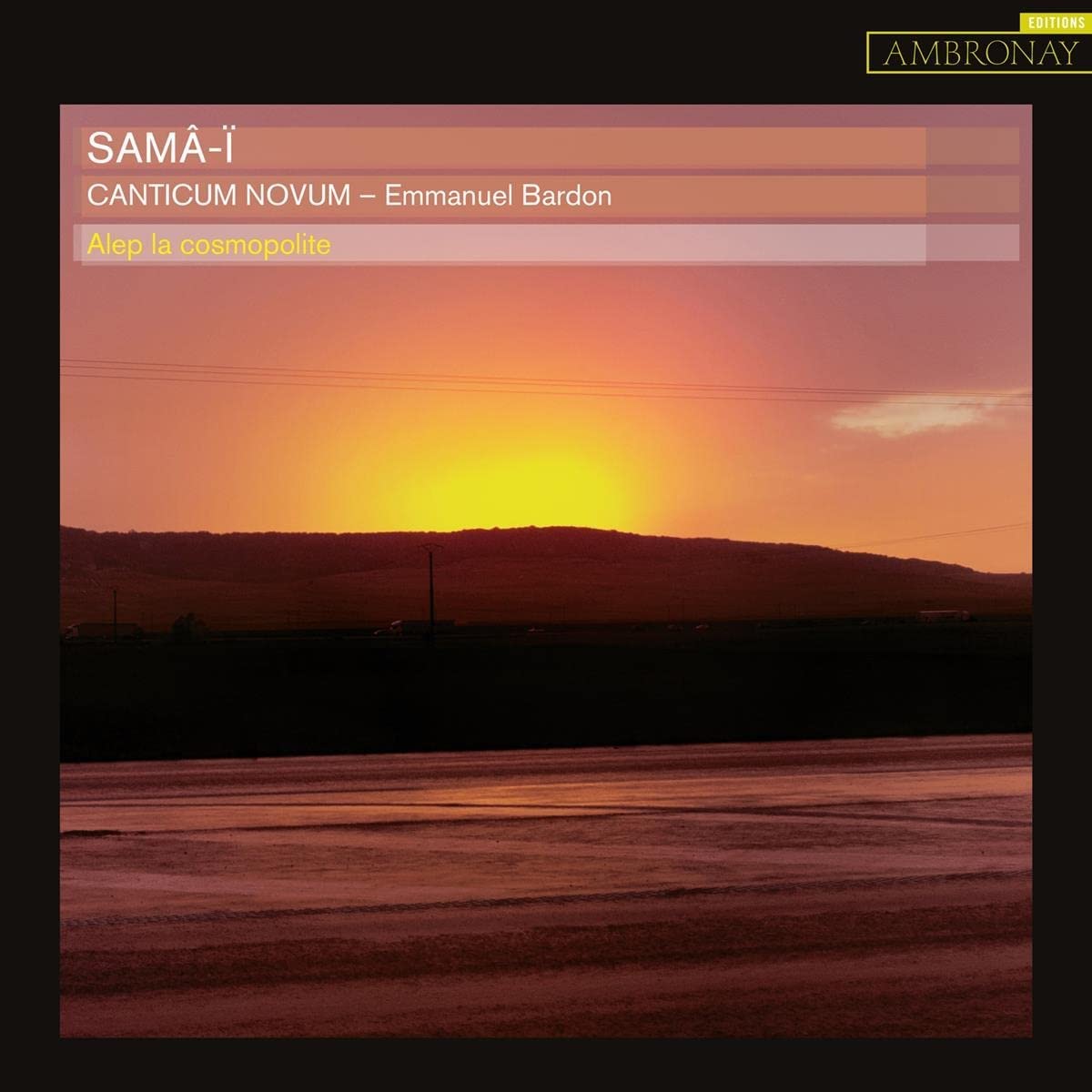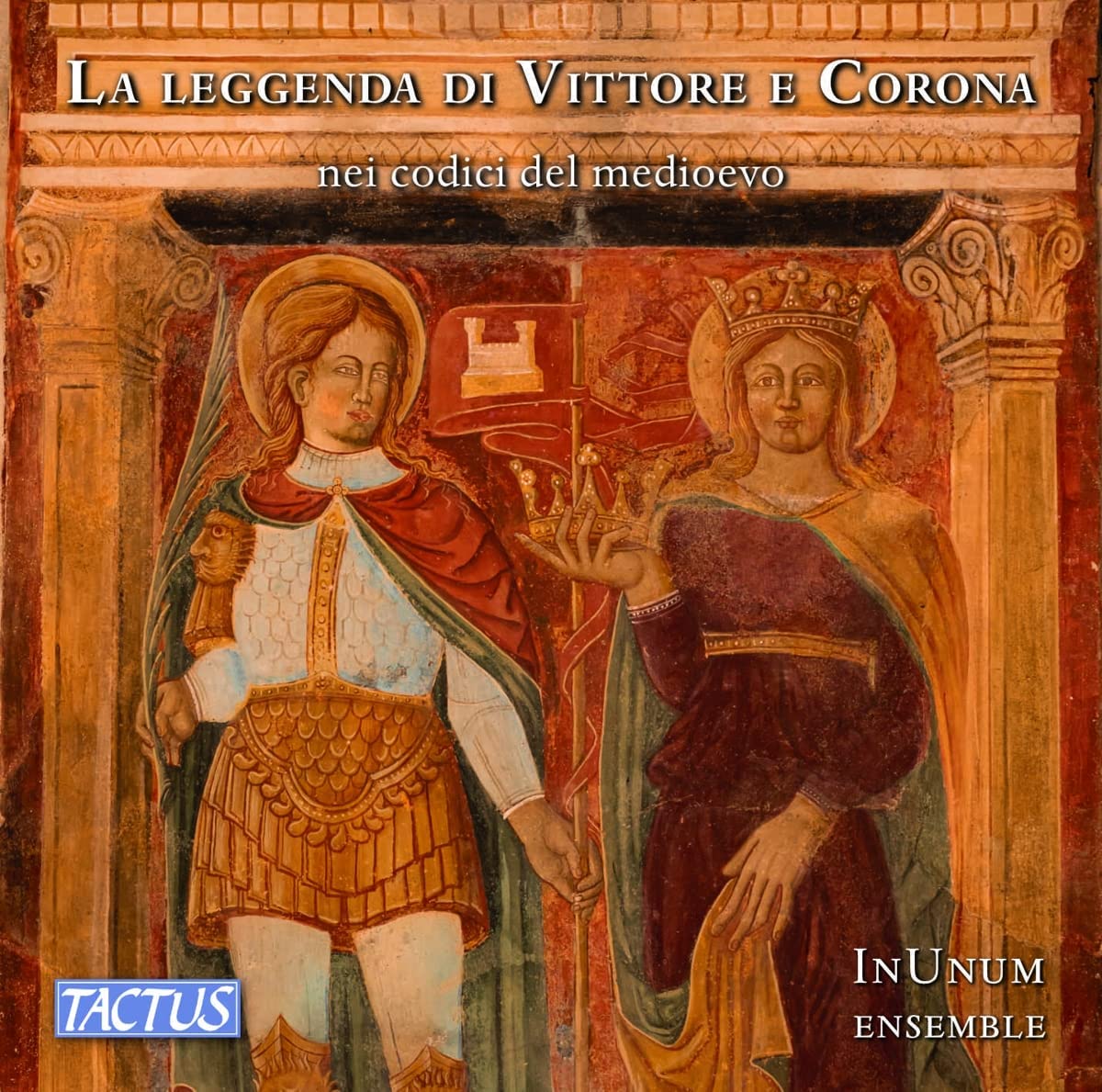The Orlando Consort
60:57
hyperion
CDA68318
Click HERE to buy this recording at amazon.co.uk
Back in the twentieth century, another periodical sent me two discs to review. One was of Restoration church music performed by one of the most reputable – and, as it has proved, most durable – early music ensembles. I gave what I felt was a complacent, limp-wristed (albeit uncharacteristic) recording a scathing review, which was duly published. Unbeknown to me, the appalled record reviews editor responded by sending the disc to a more pliant reviewer, who duly obliged by providing a – not doubt sincerely – gushing review which was published in the following issue. Needless to say I never heard from that periodical again. This was disappointing because the other disc was a mesmerising performance by the Schola Gregoriana of Cambridge, of the Messe de Nostre Dame by Guillaume de Machaut, which I praised – sincerely – to the skies (Herald HAVPCD 312). Nor has another recording of Machaut have come my way until now. So which of those two recordings does this new one most resemble?
Thankfully the latter. The music is – of course – superb, emanating as it does from a mediaeval composer who can be named alongside Dunstable, Power, Dufay and Ockeghem, and who preceded all of them. However, for a recording which consists of pieces the majority of which last less than five minutes, the selection of material is crucial. This is accomplished well, with a mixture of motets, lais, ballades, rondeaux and virelais. Just as crucial is the programming. Machaut’s mass is for four voices, but all of these mainly secular works are in the thinner gruel of one, two or three parts, so monotony has to be avoided. And it is, with works for differing vocal resources (number of parts, or scoring) adjacent to one another for the most part; when two works for similar vocal resources are placed side by side – such as the intense virelai Moult sui de bonne heure nee beside the agitated ballade Ne pensez pas – the nature of the works themselves provide the variety. The disc includes the famous Ma fin est mon commencement but the fulcrum of the record is the juxtaposing of the substantial and striking lai En demantant et lamentant which runs for nearly eighteen minutes, with the driven, fretful ballade Mes esperis se combat which itself takes nearly seven minutes.
The performances are outstanding. Individual members of the Consort have voices sufficiently good to carry off the solo items, yet they blend well, while rendering each line and Machaut’s delightful rhythms clearly. For example, the way the two voices round off Moult sui de bonne heure nee is exquisite. And there are no obtrusive instruments! Anyone seeking a reliable introduction to Machaut’s music, or seeking to expand their knowledge of it, can be confident of ample rewards in this fine recording.
Richard Turbet









